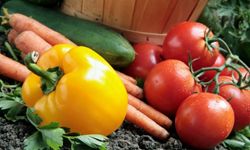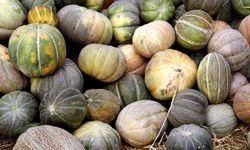Grocery store produce departments are filled with fruits and vegetables from countries such as Chile and South Africa, along with varieties from across the United States. Yet, many produce eaters are looking a little closer to home for their vegetables supplies -- their own yards. According to a recent National Gardening Survey, in 2008, an estimated 70 percent of all U.S. households participated in one or more do-it-yourself indoor or outdoor lawn and garden activities; one of the most popular was vegetable gardening [source: National Gardening Association].
This trend toward vegetable gardening can also be seen in a transition of residential yard environments. According to a recent survey in American Society of Landscape Architect, nearly one in five residential landscape architects are switching out regular grass for edible gardens [source: American Society of Landscape Architects].
Advertisement
Vegetable gardening may be becoming more popular, but it still takes careful planning and hard work to make it successful. "Vegetable or edible gardening [is] not low maintenance," says Jennifer Bartley, landscape architect, author and owner of American Potager.
For beginning gardeners, and even some seasoned gardeners, there are certain vegetables that can be more difficult to grow than others. In this article, we we'll look at 10 of the hardest vegetables to grow and maintain in your garden.



